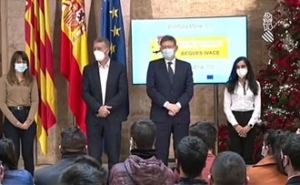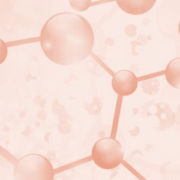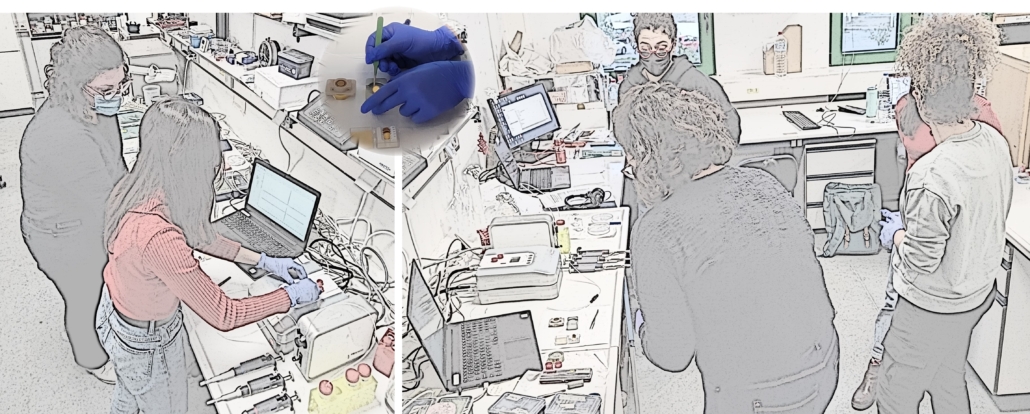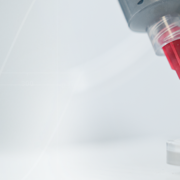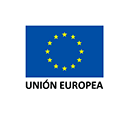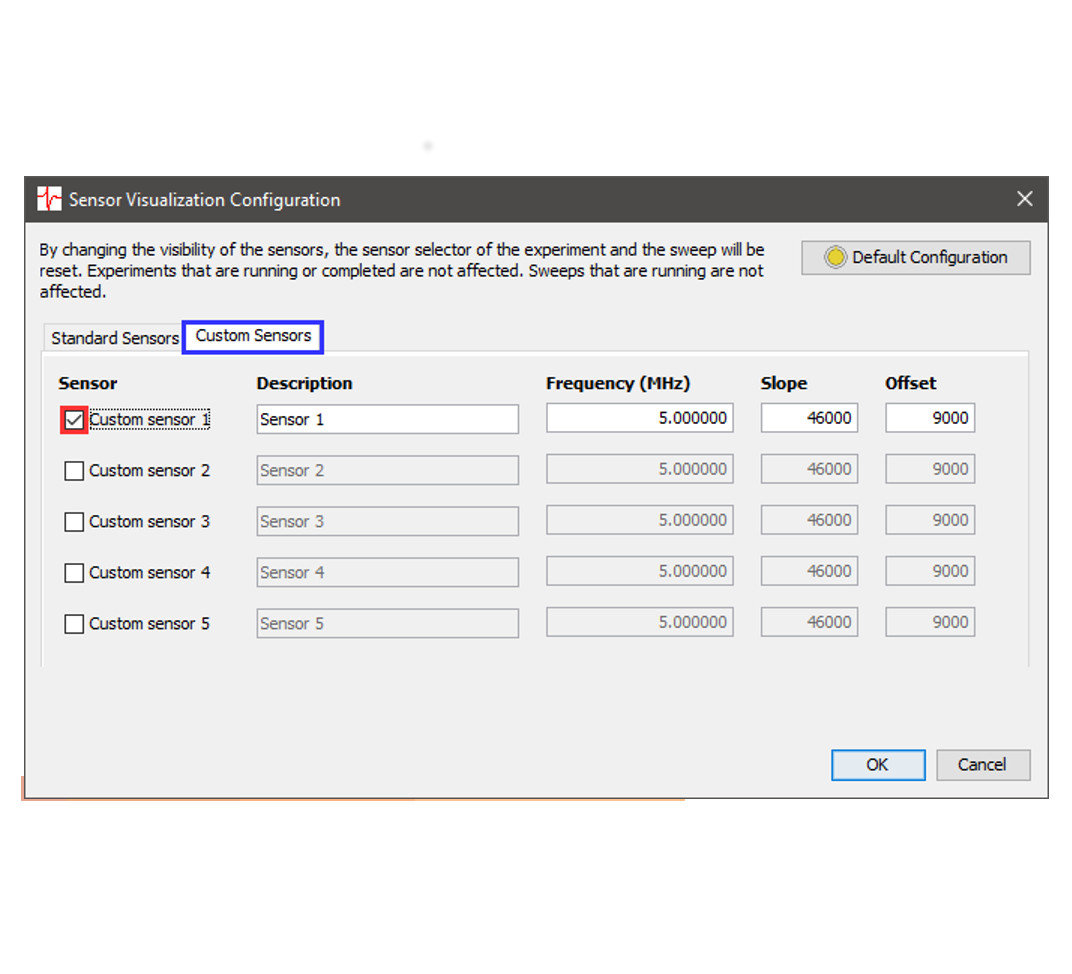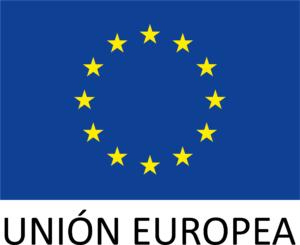AWSensors, one of the first spin-off companies to emerge from the Polytechnic University of Valencia (UPV), sees a space for cooperation with UPVfab. Located at the Polytechnic City of Innovation (UPV’s Science Park), UPVfab is a breakthrough project, counting with a ~500 m2 clean room space and equipped with high-tech instruments, with applications in the areas of research in Photonics, Electronics and Chemistry.
In this initiative participate five research institutes located at the UPV: the Institute of Telecommunications and Multimedia Applications (iTEAM), the Instituto de Tecnología Quimica (ITQ-CSIC), the Instituto de Instrumentación para Imagen Molecular (I3M, UPV-CSIC), el Center for Research and Innovation in Bioengineering, and the Interuniversity Research Institute for Molecular Recognition and Technological Development (IDM) (IDM, UPV-UV).
However, this new project not only seeks to support academic research, but to strengthen its cooperation with industry partners as well. Prof. Antonio Arnau, full professor at UPV’s Department of Electronic Engineering and founder of AWSensors, acknowledges the importance of having these kind of installations that would make possible to validate new developments based on AWSensors’ proprietary array Quartz Crystal Microbalance with Dissipation (QCMD) biosensor technology. The company is already testing this technology in Healthcare applications, as an instrument for precision medicine through fast and simple diagnosis of cancer mutations for a personalized treatment and monitoring of its evolution.
AWSensors is always interested in productive public and private partnerships that help us further the developments in QCMD devices, sensors, and applications of interest.
Source: https://valenciaplaza.com/upv-crea-sala-limpia-investigar-fotonica-electronica-quimica



